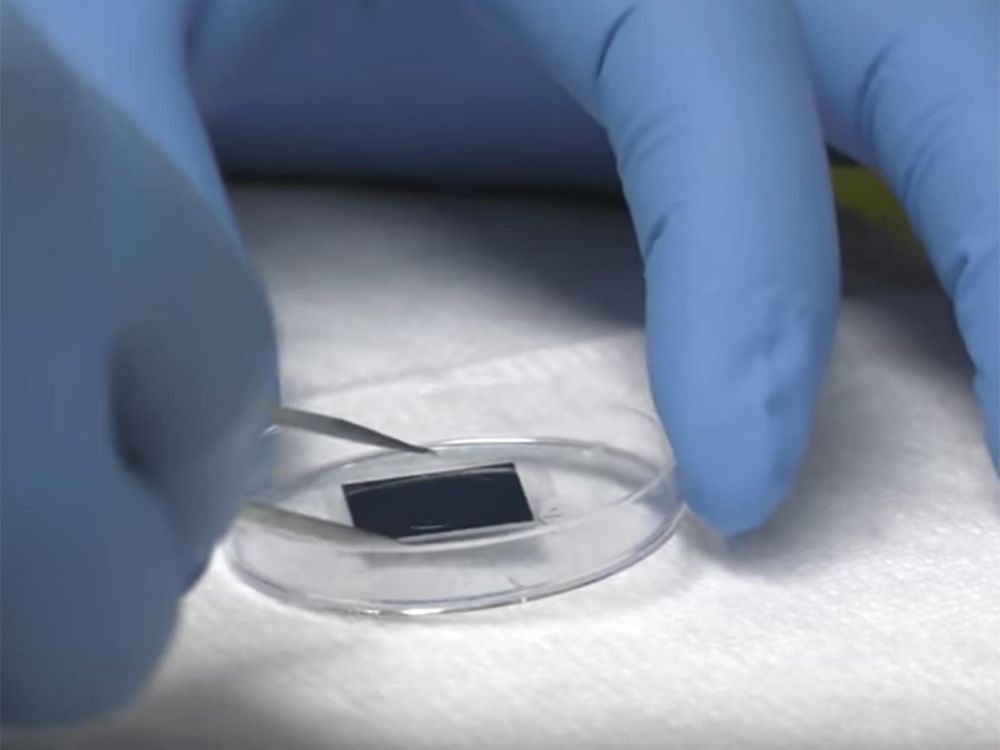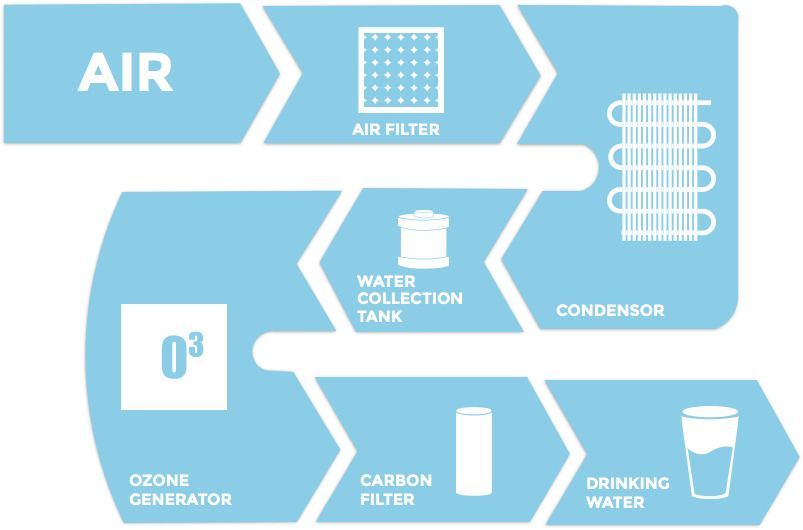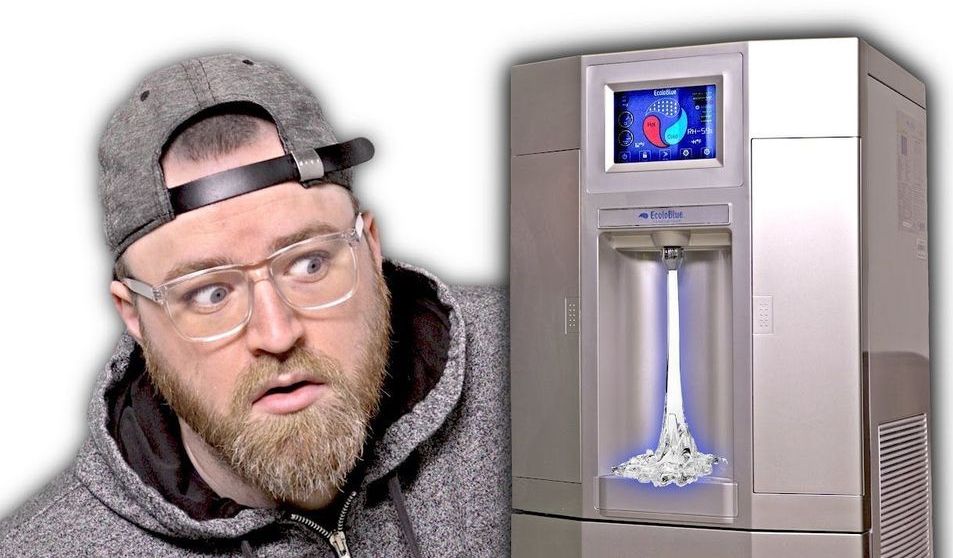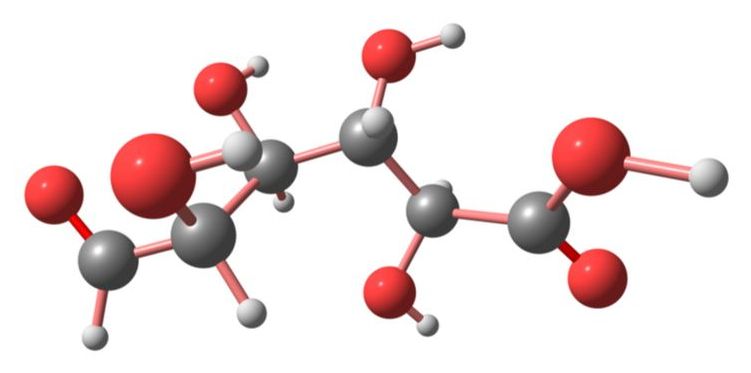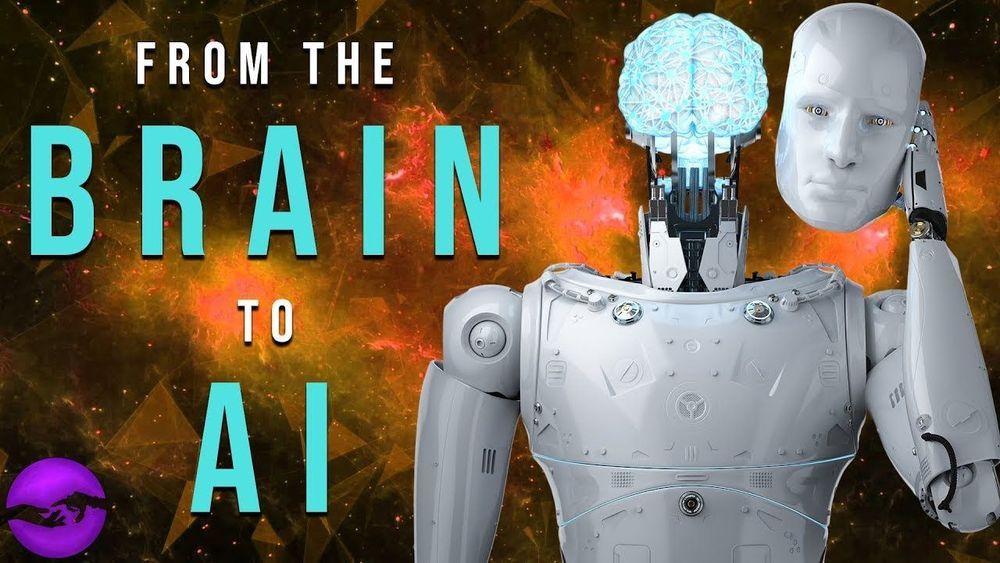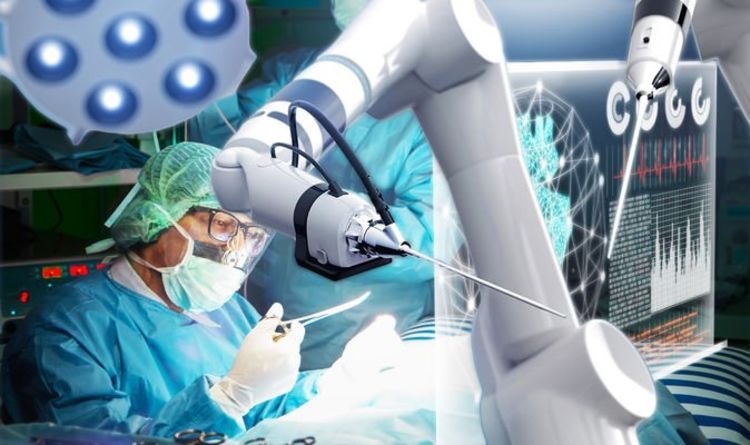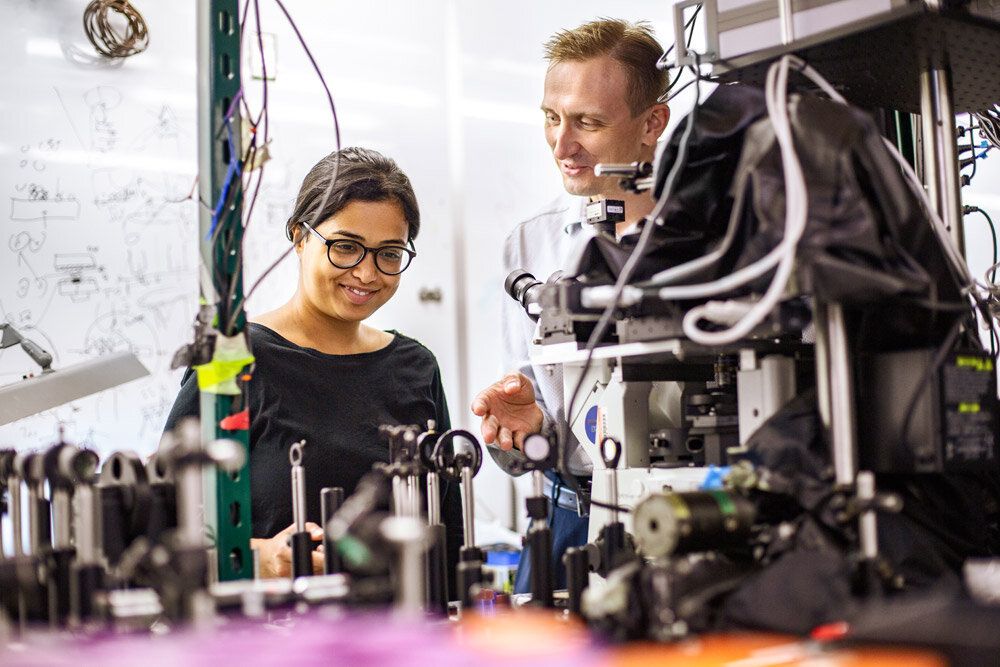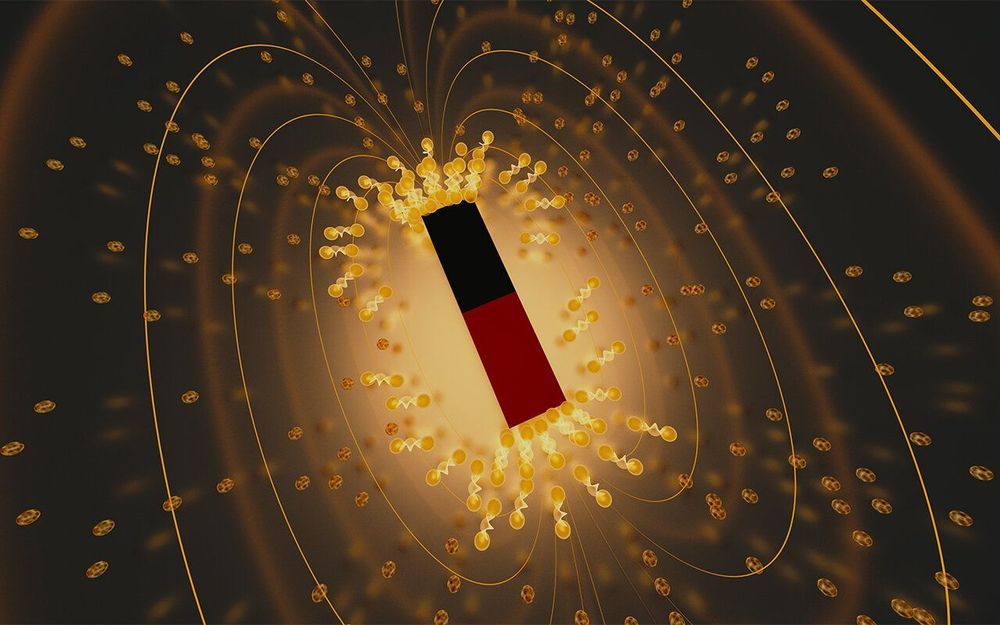A series of clinical trials have tested an experimental treatment for Parkinson’s disease that uses a novel approach: administering the drug straight into the brain via implanted ports. The leading researchers believe this may be a “breakthrough” therapeutic strategy for neurological conditions.
Newly trialed therapy could launch a fresh chapter in the treatment of Parkinson’s disease.
In a new series of studies that culminated with an open-label trial (where participants were aware of what treatment they would receive), scientists have begun testing the effectiveness of a new treatment — and method of delivery — for Parkinson’s disease.

